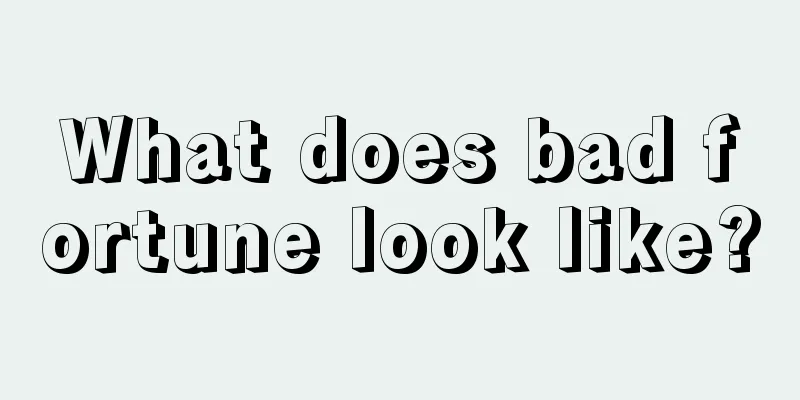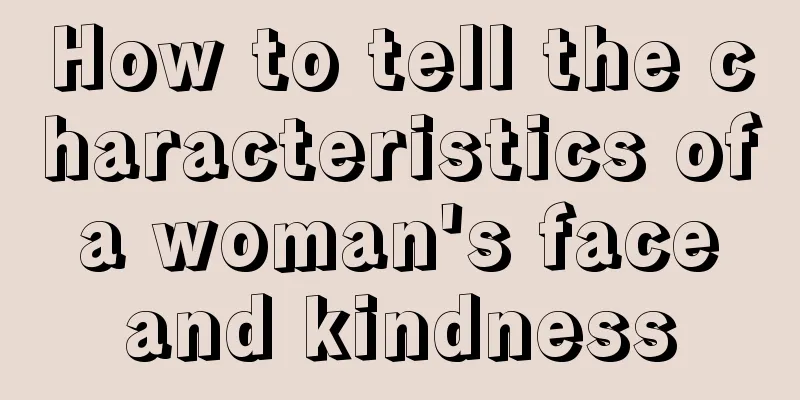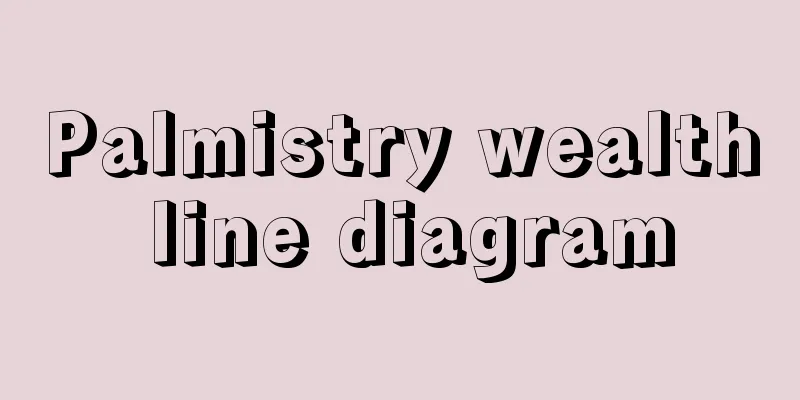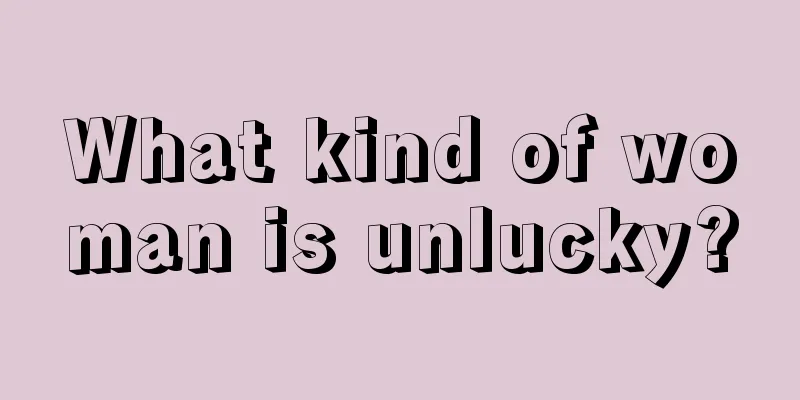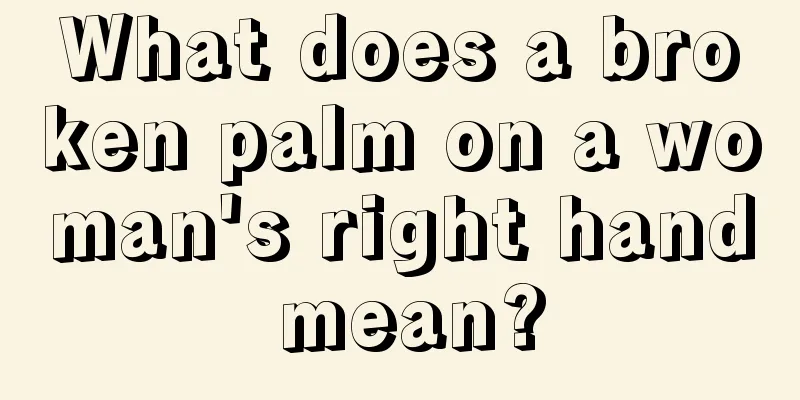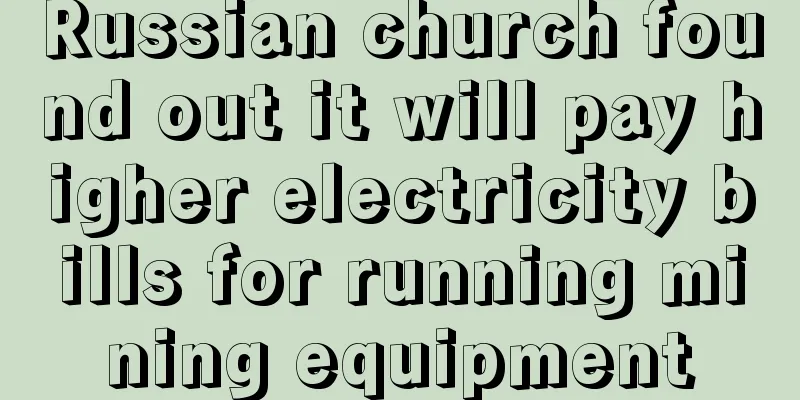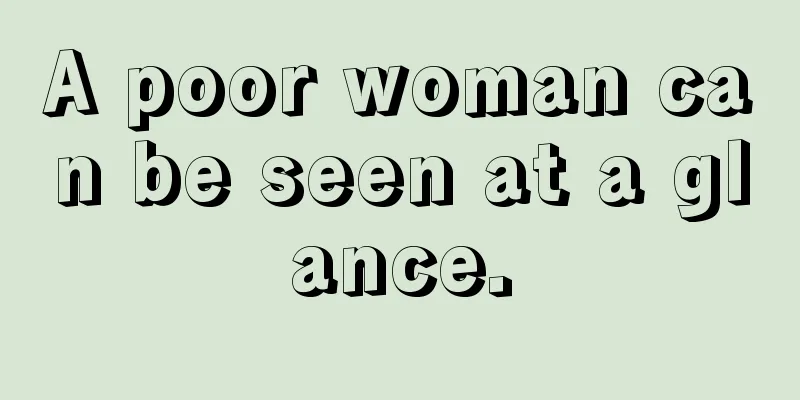Blockchain is the most timely revolution Hillary has brought to Washington

|
Rage Comment : Blockchain has been developing all the way to the present day, and its status in the world government is gradually increasing. Blockchain has gradually risen from a topic of some US government agencies to a technology strategy of the White House. US Secretary of State Hillary Clinton was the first to speak out in support of the development of blockchain in the United States. For the development of this emerging technology, which is as important as the Internet, Hillary's statement of support came just in time. The White House is the center of the entire United States, and the United States is the economic and technological center that influences the world. Hillary's voice from here is enough to promote a new wave of blockchain technology. Translation: Annie_Xu Recently, U.S. Secretary of State Hillary Clinton announced her policy proposals for technology and innovation. She reiterated her support for high-tech education, job creation, and widespread technology adoption. What surprised observers most was her call for "the public service sector to adopt blockchain technology." In her statement, she said seriously that as the first person to initiate a "hackathon" in the White House and the first person to use the word "hacker" in the White House blog, it is still extremely challenging to mention blockchain in her speech. Hillary may not know the magnitude of what she is facing. Blockchain is the underlying technology of digital currencies such as Bitcoin, and its importance is no less than the next Internet era. Blockchain creates new rules, using globally distributed computing power, multiple encryptions, and large-scale cooperation to ensure the authenticity of data transactions between billions of devices, without the need for trusted third parties. Hard-encrypted trust is already embedded in the platform. It is the account-to-account ledger, database, notary, clearing house, sentry, all based on consensus, so that we can exchange valuables directly. There are no suspicious middlemen involved, which is why we call it a Trust Protocol. Hillary’s announcement and the public discussion that followed focused on how blockchain can achieve the presidential candidate’s goal of making government smarter and more efficient. In fact, adopting blockchain in public services can reduce costs, ensure data security, and increase trust, transparency, and accountability. And it can bring high-impact opportunities. As our new book, Blockchain Revolution, shows, we can create more secure, open, inclusive, and efficient public service platforms. Perhaps we can also enter a new era of democratic institutions, where all politicians are accountable to citizens rather than tycoons, and where high levels of citizen participation and public consultation become the norm rather than the exception. Hillary and her team should explain how blockchain has opportunities beyond improving executive capacity. About 25 years ago, the US government, with Clinton as president and Al Gore as vice president, ushered in the Internet age; it brought changes to the US economy and society that were unimaginable at the time, both good and bad. The world is bound to move beyond the information internet and into the value internet era; the next president can achieve economic democratization, unprecedented prosperity, and solve many of the most troubling problems facing the country. The impact of the first native digital medium on peer-to-peer value exchange is amazing and will advance Hillary's four strategic technology goals. First, if Hillary Clinton truly wants to "strengthen America's technological leadership in the world," then she must welcome the Internet of Value. She acknowledges that the government must be involved. Just as the U.S. Department of Commerce led the standard setting, application, and development of the Internet era in the early 1990s; many institutions can guide the development of the Internet of Value and participate in management with stakeholders, such as engineers, venture capitalists, scholars, users, social groups, and women. Every enterprise, public institution, and individual can make great contributions and gain great benefits. If she wants to “build a high-tech economy in major parts of the United States,” blockchain can help her. It’s already leading the upgrade of the financial services industry, and we expect it to dramatically change the enterprise, the backbone of modern capitalism. This global peer-to-peer platform can verify identity, reputation, and transaction capabilities, and it can also reshape the deep structure of the company, bring more jobs to the most disadvantaged areas, support entrepreneurship and innovation, and ultimately create shared value. If Hillary wants to "invest in world-class digital infrastructure" and support the development of the Internet of Things, she must invest in blockchain technology. Billions of connected smart devices will detect, respond, share data, produce and trade electricity, protect the environment, manage household chores, and provide portability for health and medical insurance. An all-inclusive Internet requires an all-inclusive ledger. Finally, Hillary wants to "improve innovation while protecting privacy", and blockchain plays an important role in this. It is even a key factor in solving the increasing social injustice she refers to. Blockchain can free us from the trouble of redistributing wealth and distribute value and opportunities fairly from the beginning; enjoy fair treatment from beginning to end. Hillary Clinton deserves our praise for putting the almost deafening word “blockchain” in her technology announcement. Now she must move on to the next steps. Hillary not only portrayed a government model based on blockchain, but also a new innovative economy and society built on the value Internet, which changed the direction of the development of this technological activity. The timing was perfect and of historic significance. |
<<: Digital currency should seek to unify national interests and international trust!
>>: Chain CEO Adam Ludwin: Who’s ready to take advantage of blockchain technology?
Recommend
Get the whole world with Bitcoin
Chapter 0 Introduction In Luoji Siwei's New Y...
There is little volatility in the market, and the room for fluctuation is very small
The domestic epidemic has become serious recently...
Your fortune in 2013 based on your face shape
Your fortune in 2013 based on your face shape As ...
What is the fortune of the inverted eight eyebrows?
Eyebrow drawing and tattooing are very common now...
Can beauty mole be removed? Does it affect the face? The fortune is very good.
Some people don't want to have some moles on ...
Will Ethereum replace Bitcoin’s monopoly in micropayments?
Crazy Review : Financial services company Wedbush...
Palmistry Analysis: The Connection Between Lifeline and Lifespan
The lifeline is the lowest line of the three basi...
What stage of the new bull market are we in?
To many, the cryptocurrency market may seem like ...
What does a mole on the testicle mean in physiognomy?
In fact, if we look at moles on a person's bo...
What does a red mole on the face mean?
We all have moles on our bodies, and they are als...
ASTRAL mining, currency introduction, exchange
About ASTRAL and DEV Team Astral is the result of...
What is the fate of people with moles on their lips? Is it good to have moles on your lips?
People have moles in many places on their bodies....
What kind of people are easily deceived by their appearance?
1. The forehead is too wide The yintang is the ar...
Is it good for a woman to have s-shaped eyebrows?
In fact, many people think that it is not good fo...
Palmistry diagram: how to tell the fate of children through the children line
Palmistry diagram: how to tell the fate of childr...


